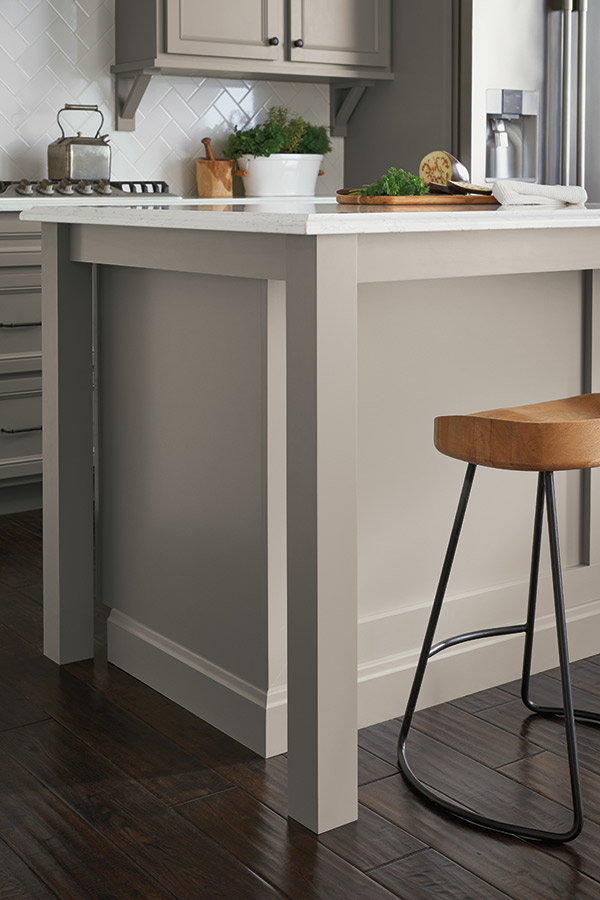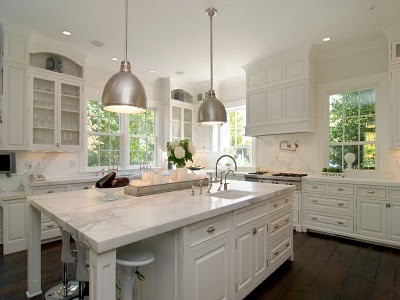Cutting-edge and Trendy Layouts in Modern Legs For Kitchen Island Solutions
Cutting-edge and Trendy Layouts in Modern Legs For Kitchen Island Solutions
Blog Article
An Overview to Picking the Perfect Legs For Cooking Area Island for Your Home
Choosing the suitable legs for your cooking area island is a nuanced choice that influences both the performance and aesthetic charm of this central area. As you think about these aspects, it becomes obvious that the appropriate legs can change not just the appearance of your kitchen area however also its usability for years to come.

Comprehending Cooking Area Island Legs
When choosing legs for a cooking area island, it's necessary to understand their visual and functional functions in the general design. The legs act as a vital support system, making certain security and sturdiness for the island, which frequently functions as an office, eating area, or collecting spot. The option of material and construction method need to be durable sufficient to withstand everyday use and potential wear.
In enhancement to their structural duties, legs contribute substantially to the island's aesthetic allure. They can boost the kitchen's design, whether via standard, contemporary, or diverse layouts. The height and percentage of the legs are also essential factors to consider; they have to harmonize with the island's countertop elevation while making sure comfy seating for those utilizing the area.
Additionally, the leg design can affect the general flow of the cooking area. Open, ventilated leg designs can develop a sense of agility, while strong, significant legs might convey an extra based and stable aesthetic - Legs For Kitchen Island. Understanding these functional and visual elements will guide home owners in making informed choices that complement their kitchen area's layout and boost its use
Popular Styles and Products
The choice of legs for a kitchen island incorporates a variety of preferred styles and products, each offering unique features that can improve both capability and appearances. Standard legs typically display ornate details and workmanship, improving traditional kitchen styles.

Elevation and Stability Factors To Consider

The legs of the kitchen island must offer adequate support, ensuring that the structure can withstand everyday usage without shifting or wobbling. Product selection plays a considerable role in stability; steel legs, for instance, have a tendency to supply greater stamina compared to wood.
Matching Your Cooking Area Aesthetic
Picking the appropriate legs for your cooking area island goes beyond capability; it additionally plays a considerable function in the overall aesthetic of the room (Legs For Kitchen Island). When choosing legs, take into consideration the layout style of your kitchen.
Legs that complement or comparison with your island's surface and bordering cabinets can develop aesthetic harmony or striking focal factors. Additionally, take into consideration the coating of the legs; matte, glossy, or distinctive finishes can dramatically affect the general feeling of the kitchen area.
Setup and Upkeep Tips
Installing kitchen island legs calls for mindful focus to information to make certain both security and aesthetic allure. Begin by picking an appropriate location for your island, guaranteeing it is level and has enough area for motion. If you are connecting the legs to a wall or using braces for included assistance, use a stud finder to situate wall surface studs. Mark the placement of the legs precisely prior to exploration.
When securing the legs, make use of top quality screws and, if needed, timber glue for extra stamina. For metal legs, guarantee that you are making use of proper anchors and tools to avoid damages to your flooring. It is advisable to check for levelness after setup, making adjustments as required to prevent wobbling.
Tidy the legs with an appropriate cleaner, avoiding rough products that may scratch the surface. By complying with these installation and upkeep pointers, you can guarantee that your kitchen area island legs stay both useful and aesthetically enticing.
Conclusion
Finally, selecting the appropriate legs for a kitchen index area island necessitates cautious factor to consider of height, stability, and visual compatibility. By choosing suitable materials and styles that align with the general cooking area style, functionality can be boosted while preserving aesthetic charm. Appropriate installation and continuous upkeep even more add to the toughness and longevity of the kitchen island. Eventually, thoughtful leg option plays an important duty in elevating both the usefulness and style of the kitchen area space.
When selecting legs for a kitchen area island, it's essential to recognize their visual and functional duties in the overall style. Open, ventilated leg styles can produce a feeling of lightness, while solid, significant legs may convey a much more based and stable aesthetic. The legs of the kitchen area island should offer ample support, making sure that the framework can endure everyday usage without tottering or shifting.Mounting cooking area island legs requires careful interest to information to make certain both security and aesthetic appeal.In final thought, choosing the ideal legs for a kitchen island necessitates cautious factor to consider of elevation, security, More about the author and visual compatibility.
Report this page